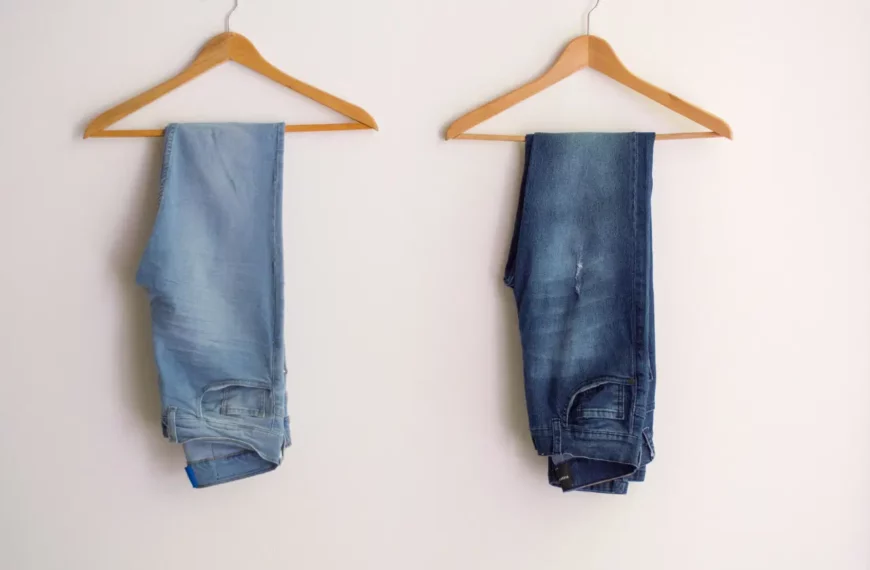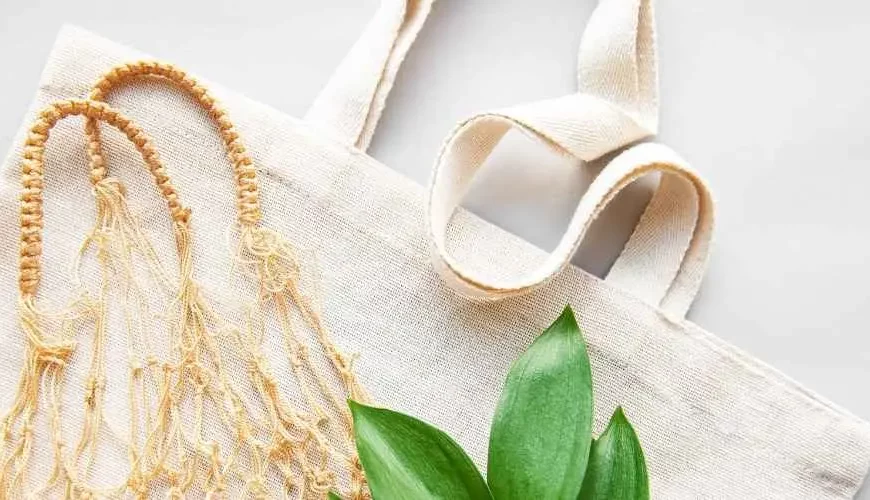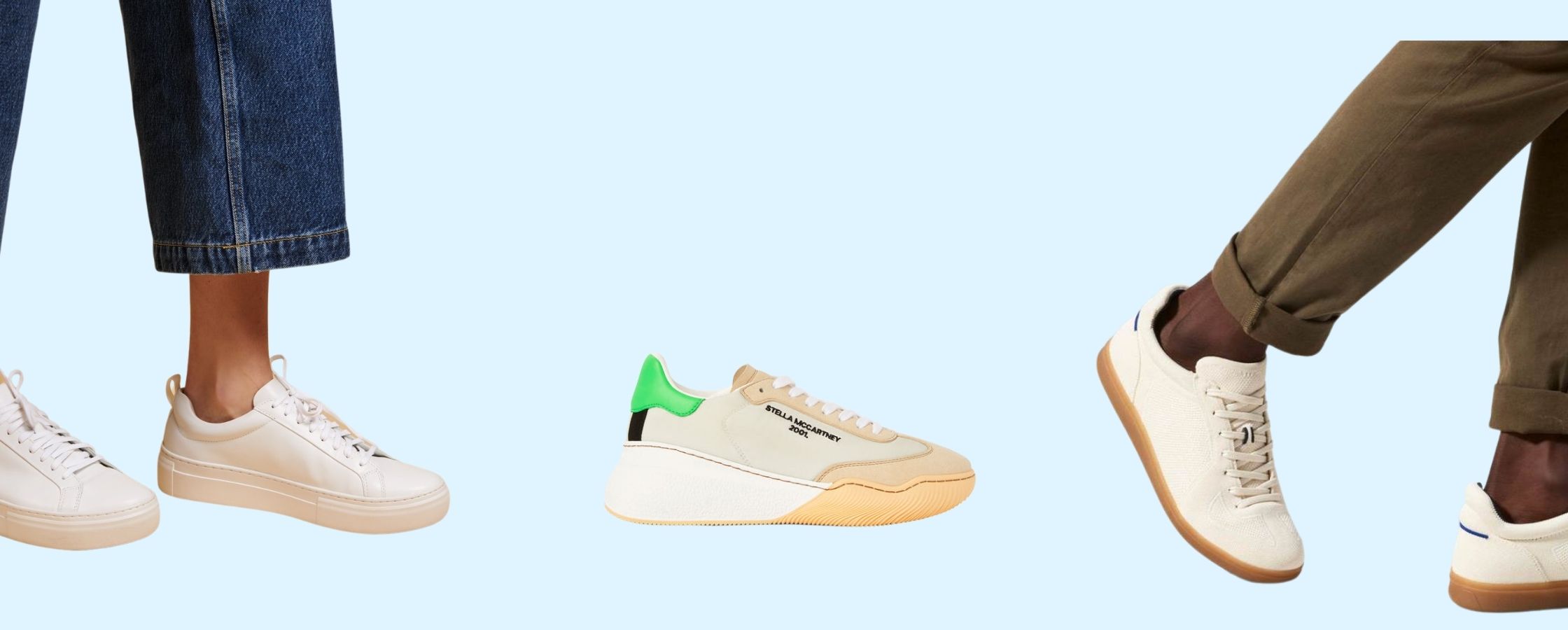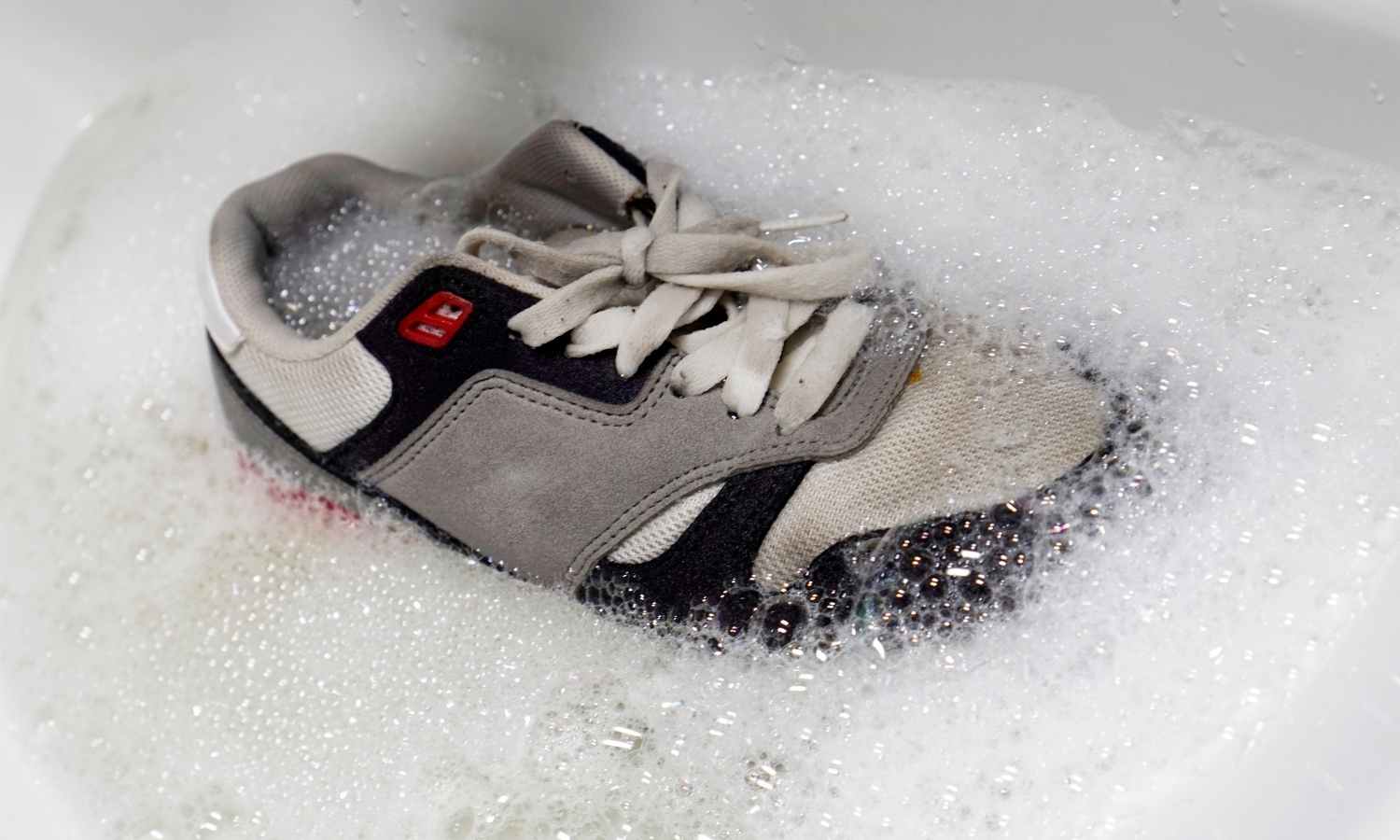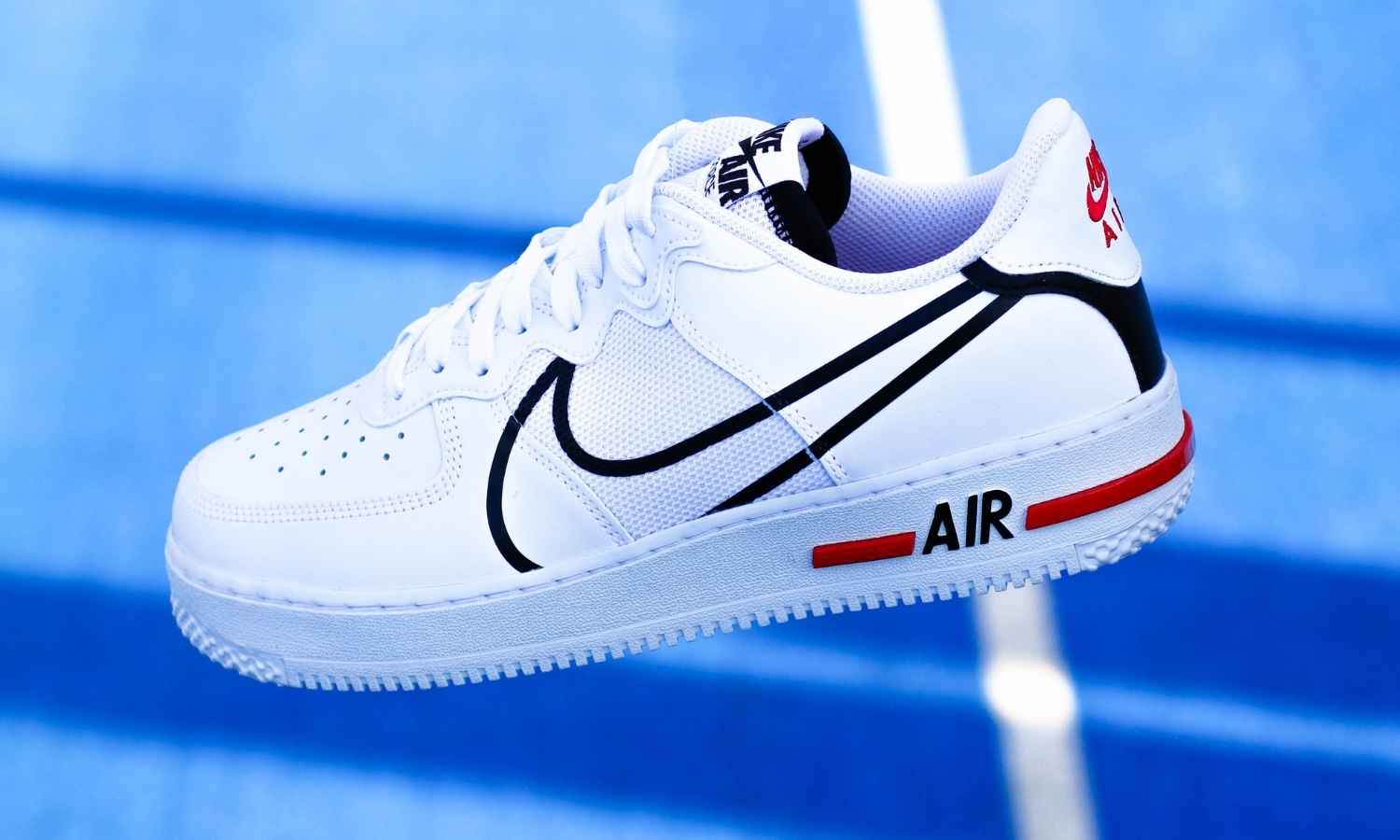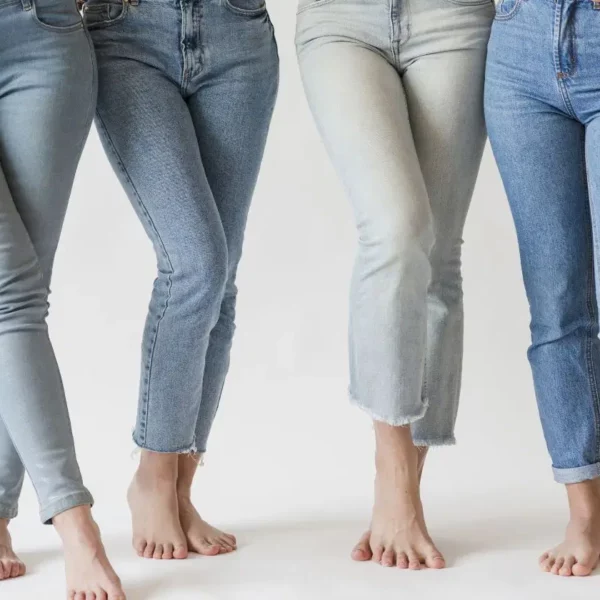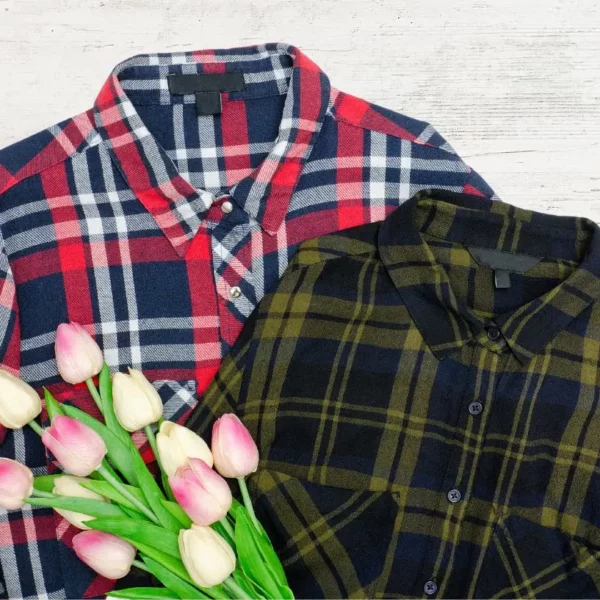Wondering the difference between rayon vs polyester? We have a breakdown of the two popular clothing options below.
When looking at the different material makeup of clothing, you will often come across two options—rayon and polyester. Even though these two fabrics appear identical at first glance, they have distinct properties and functions.
Rayon is a semi-synthetic fiber with a smooth texture, while polyester is entirely synthetic with a rougher texture. Polyester is more durable than rayon, which can tear easily.
Both rayon and polyester can be excellent clothing choices depending on your requirements. Consider all the characteristics of the two materials to ensure you choose a suitable fabric.
In this article, we will discuss these textiles and their differences in terms of resilience, texture, uses, and cost.
Rayon vs Polyester Overview
| Rayon | Polyester |
| – Semi-synthetic fiber – Good for warm weather – Breathable – Prone to shrinking and wrinkling – Smooth texture – Low durability | – Synthetic fiber – Good for cold weather – No shrinking and wrinkling – Highly durable – Excellent water resistance – Cheaper than natural fibers |
Rayon vs Polyester
What Is Rayon?
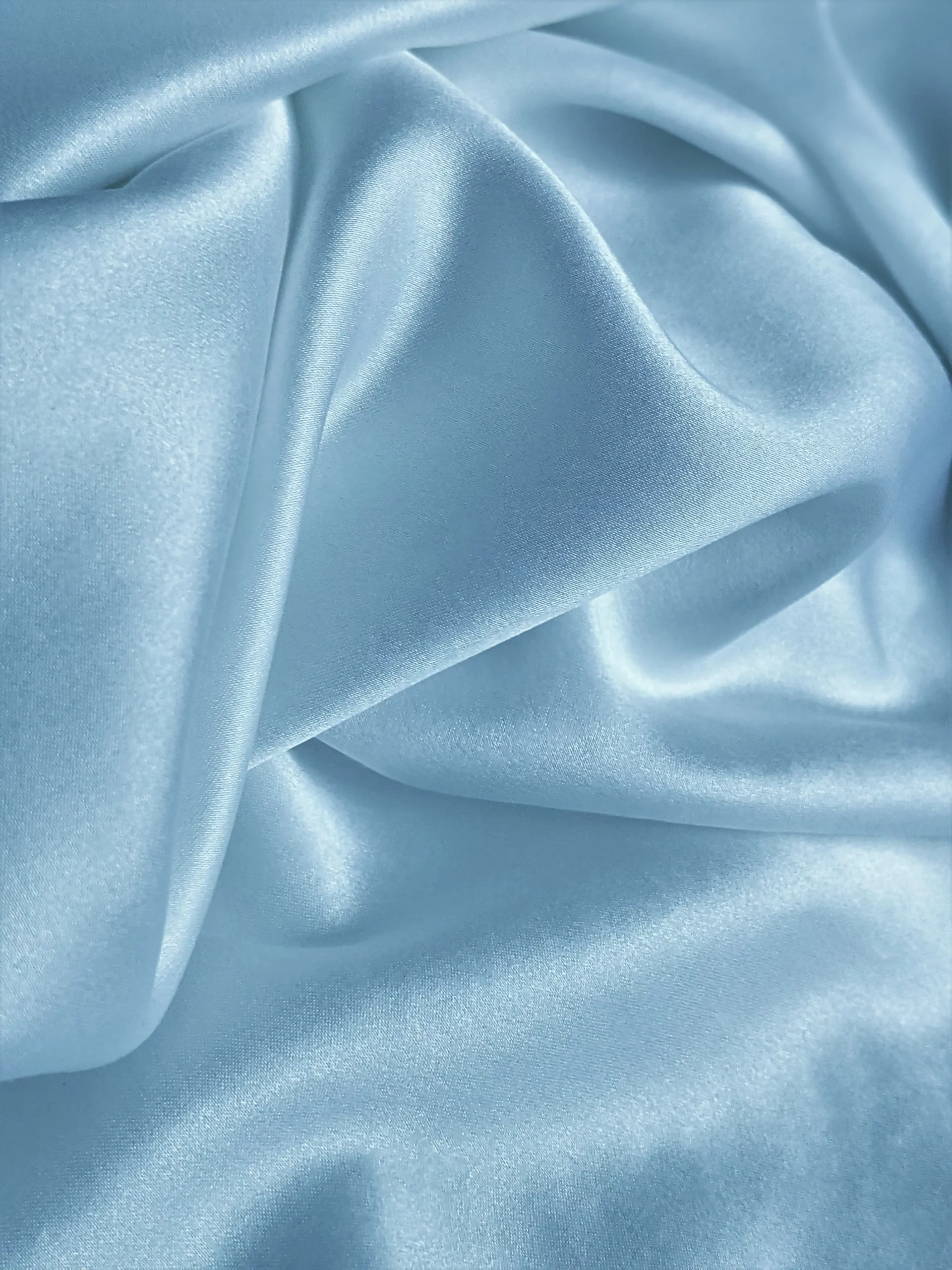
In 1884, Georges Audemars, also called “the father of rayon,” invented rayon in France.
Later, manufacturers began using rayon as a cheaper substitute for silk.
The fabric is a blend of natural and synthetic fibers. Its chief component is cellulose, found in plants such as bamboo and trees.
The texture of rayon fibers is rough and woody. Manufacturers combine chemicals with the pulp that softens the fibers over time. The semi-synthetic fiber rayon is made from regenerated cellulose or viscose.
As a substitute for silk, rayon has the same drape and richness as silk, but it is heavier than silk. It is also more durable and breathable than cotton, especially in water.
There are four types of rayon:
1. Regular rayon
2. Cuprammonium rayon
3. High tenacity modulus rayon
4. High wet modulus rayon
What Is Polyester?

Polyester fibers are made from fossil fuels. Manufacturing polyester involves a chemical process that involves air, water, and petroleum. Because of its many useful properties, it is currently the world’s most commonly used fiber.
Initially, the material became popular as a garment fabric during the 1970s. A low-cost alternative to natural fibers such as cotton and silk, it has been used to make shirts, home decor, curtains, slacks, dresses, and skirts.
As an oil-based polymer, it shares some properties with other polymers. Polyester-based synthetic fibers are more resistant to water, wind, and the environment than plant-derived fibers. The material is ideal for athletics and outdoor activities.
Polyester comes in two varieties:
1. PCDT (poly-1, 4-cyclohexylene-dimethylene terephthalate)
2. PET (polyethylene terephthalate)
Among the two, PET is the more commonly used polyester due to its versatility and strength.
What Is the Difference Between Rayon and Polyester?
Rayon has a smoother texture than polyester and is also less durable. Both fabrics have different characteristics as polyester is synthetic and rayon is semi-synthetic.
Durability
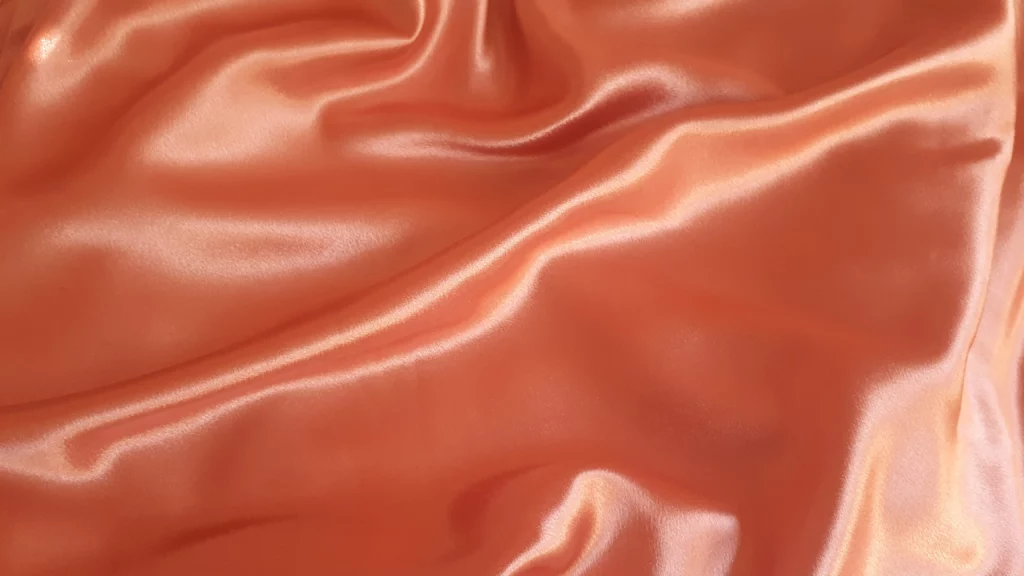
Created as a replacement for silk, rayon has some similar properties. Just like silk, rayon can not withstand rough use.
Rayon tends to tear easily, so you must wash it gently. Hot water can cause its fibers to shrink. A strong spin or thorough cleaning is not recommended either.
Too many washes can stretch or cause the garment to lose shape. For all these reasons, hand washing is best for Rayon.
Unlike cotton or other natural fabrics, polyester fibers are more robust and resistant to breaking, stretching, or pilling. Clothing made of polyester is durable enough for you to wash it in a machine without causing damage.
Texture
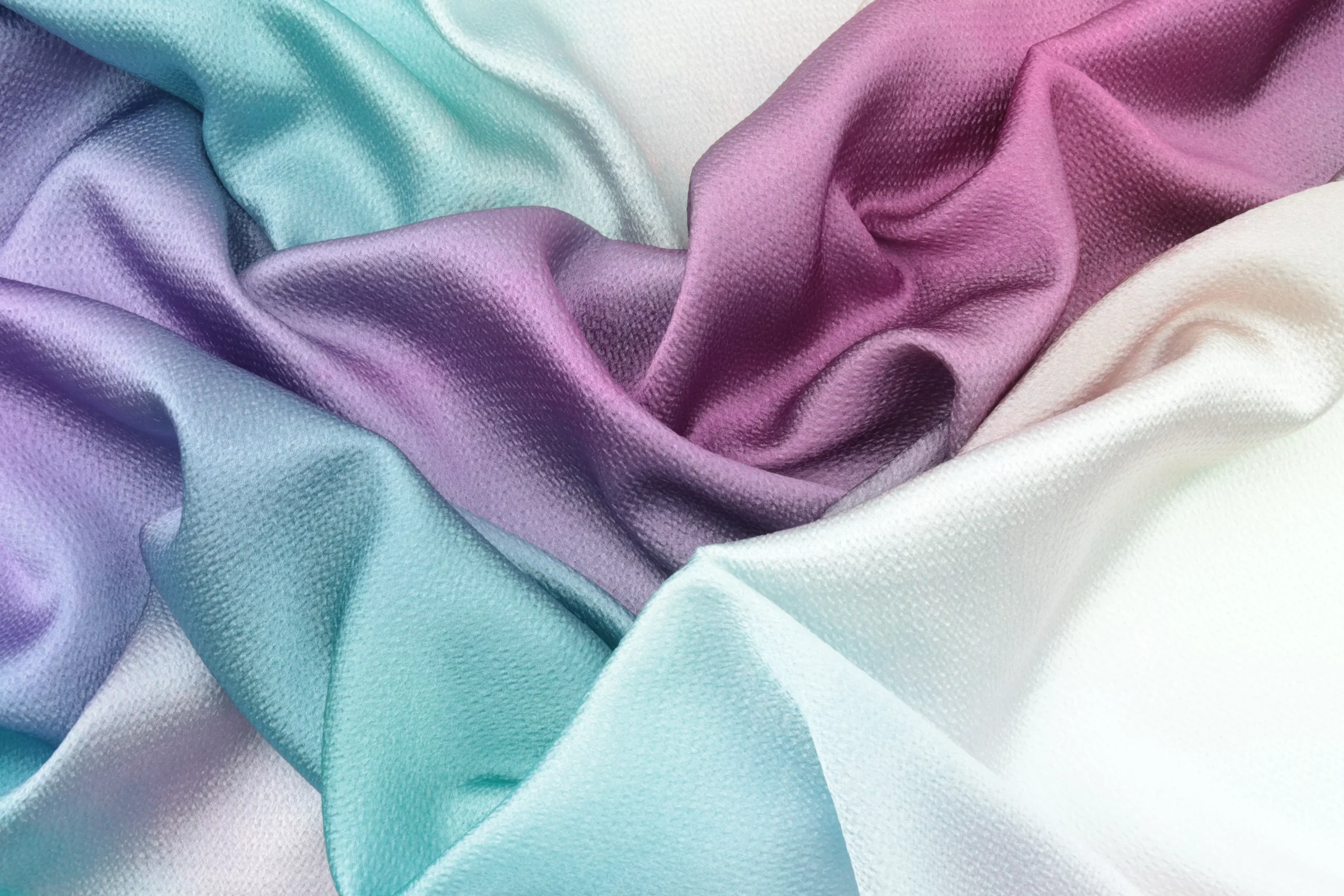
Rayon has a smooth, silky texture. Because of its flexibility, the cloth has a soft look. Chemical treatments extend the individual fibers, resulting in a fabric with a flat surface and even texture.
Additionally, it’s lightweight and breathable, so you’ll be able to move around in it easily. Due to its airy movement and softness, it’s an excellent choice for garments with a lot of skin contact such as underwear and sporting apparel.
Polyester material has a rougher surface than rayon, though it may be a bit glossy and sticky. When manufactured, polyester can be incredibly soft, however.
How To Care for Rayon And Polyester
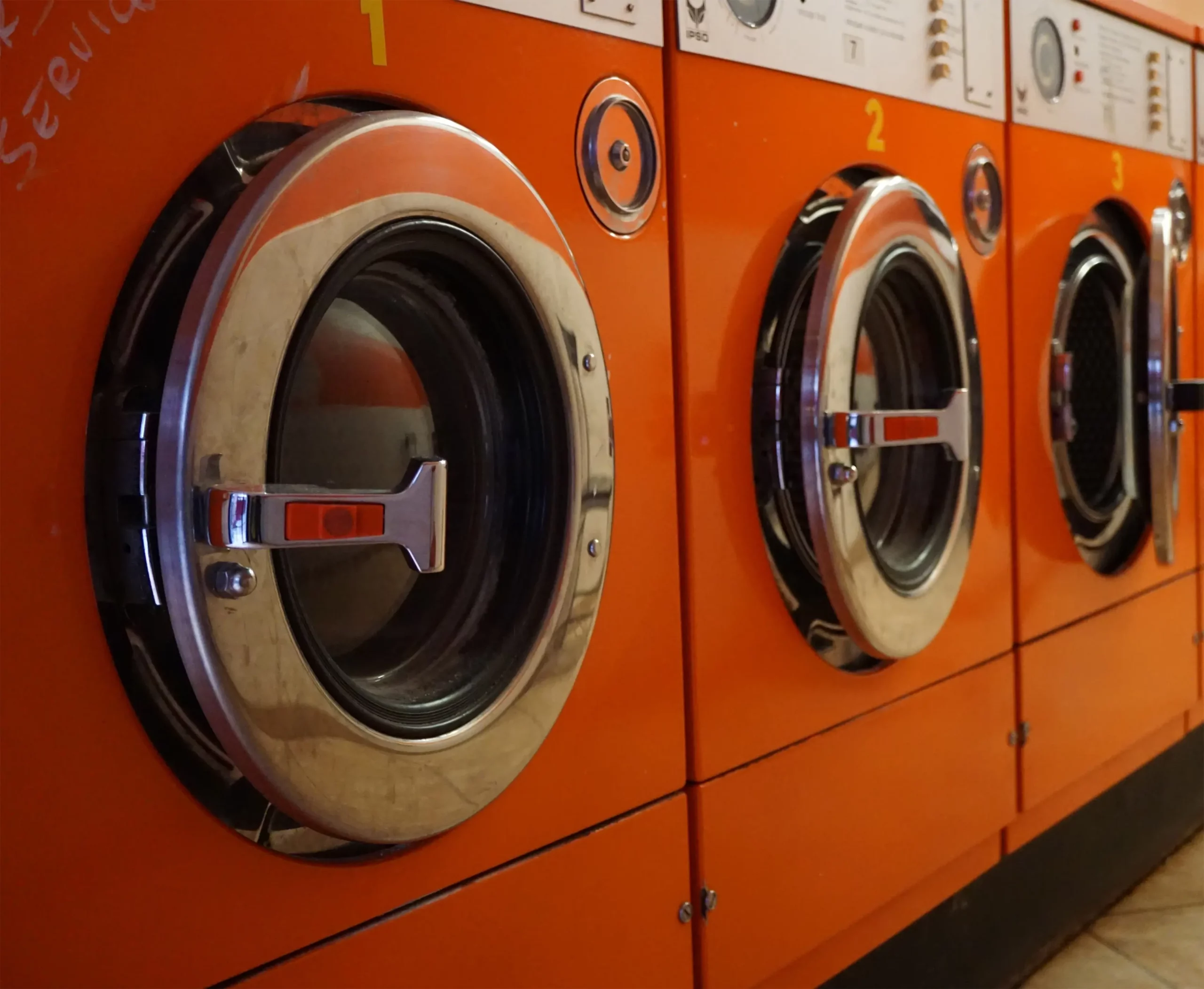
For machine washing, turn rayon clothes inside out and place them in a mesh bag. You should wash it in cold water and spin it on the delicate cycle at a low speed.
Try to avoid machine-drying rayon fabrics as it may damage the fabric. Place the item in the mesh bag and dry it on the lowest setting possible.
On the other hand, you can dry-clean or machine-wash polyester without causing damage to the fabric.
When washing polyester knit clothing, turn the garment inside out to avoid snags. When washing polyester, use a general-purpose detergent in warm water. If necessary, use chlorine bleach.
Resilience
Rayon has decent abrasion resistance and dry strength. It’s not as sturdy as other cellulosic fibers, so it wrinkles. You can iron rayon at a lower heat than cotton.
Polyester is a durable fabric that is resistant to a variety of chemicals. Fabrics like this are popular in the fashion industry because they resist shrinking and stretching. It is also resistant to abrasion and wrinkles and holds its form well.
Cost
The price of rayon can range from $7 to $15 per yard, whereas the price of raw polyester can be roughly $5 to $10 per yard. Polyester is known to be the cheaper option, which is why it’s the more popular choice for clothing.
Which One Is Better for You?
Rayon and polyester excel in different aspects. Which is best depends entirely on how you intend to use it. Many individuals love polyester since it is low-maintenance and long-lasting. Those who are skilled at handling delicate items might go for rayon.
In Conclusion
Polyester and rayon are both great fabrics, yet they’re distinct in terms of qualities, form, and usage.
When comparing rayon’s texture to polyester’s, rayon is softer to the touch. However, this makes it more prone to wear and tear. Although polyester has a rougher feel, its outstanding durability sets it apart from rayon and other fabrics.
When it comes to cost, durability, and flexibility, polyester is clearly the winner, especially for activewear.
